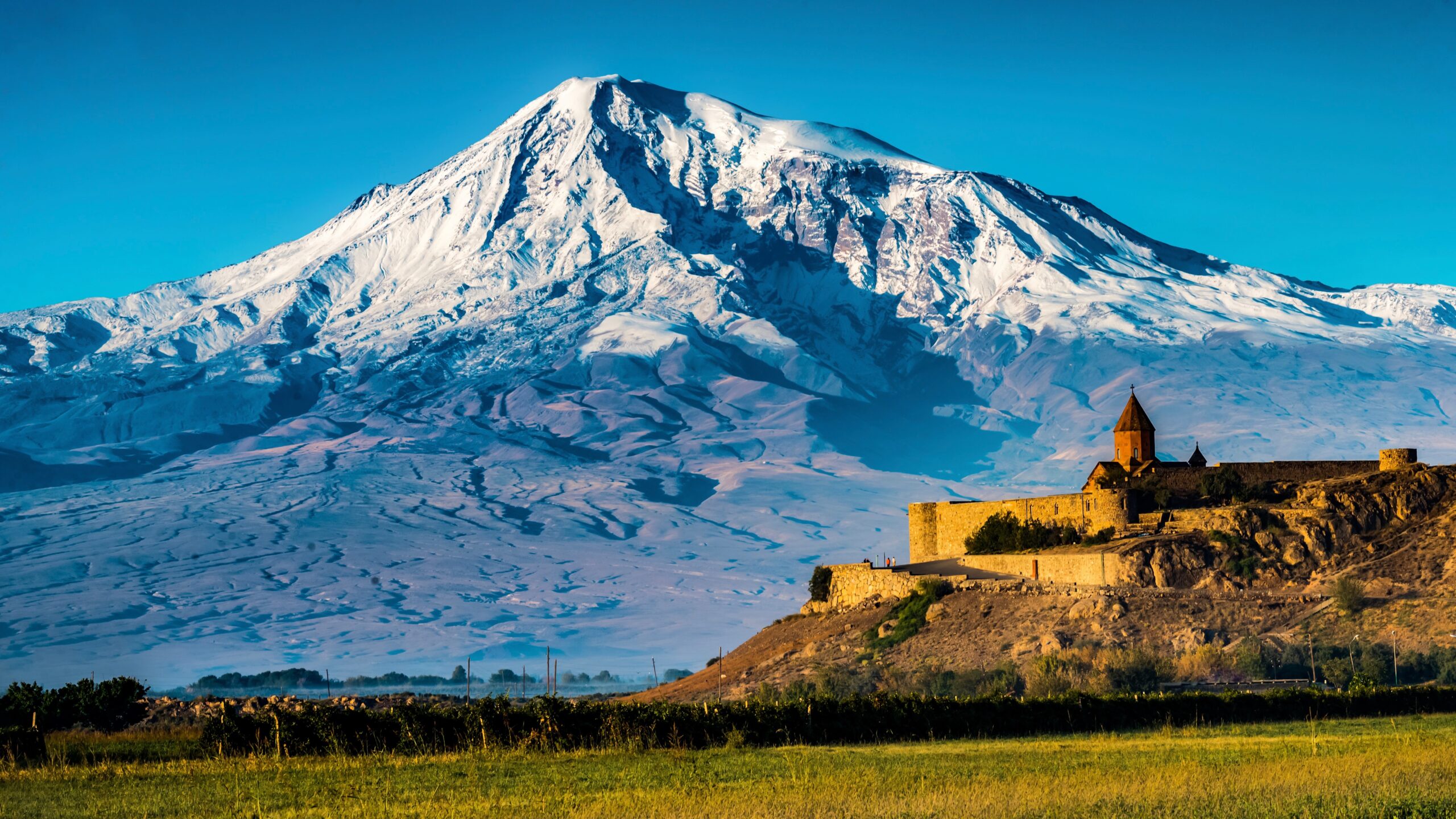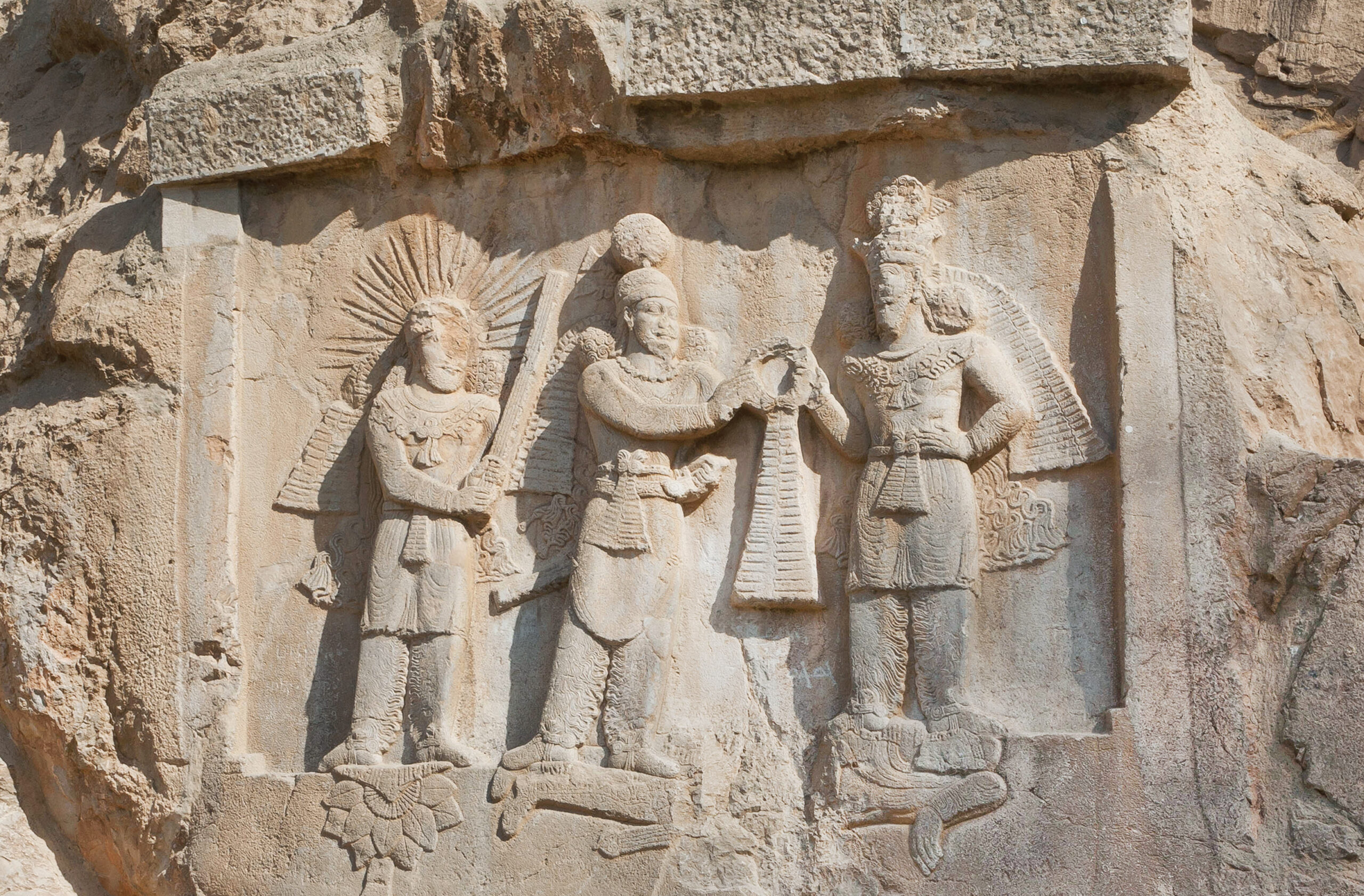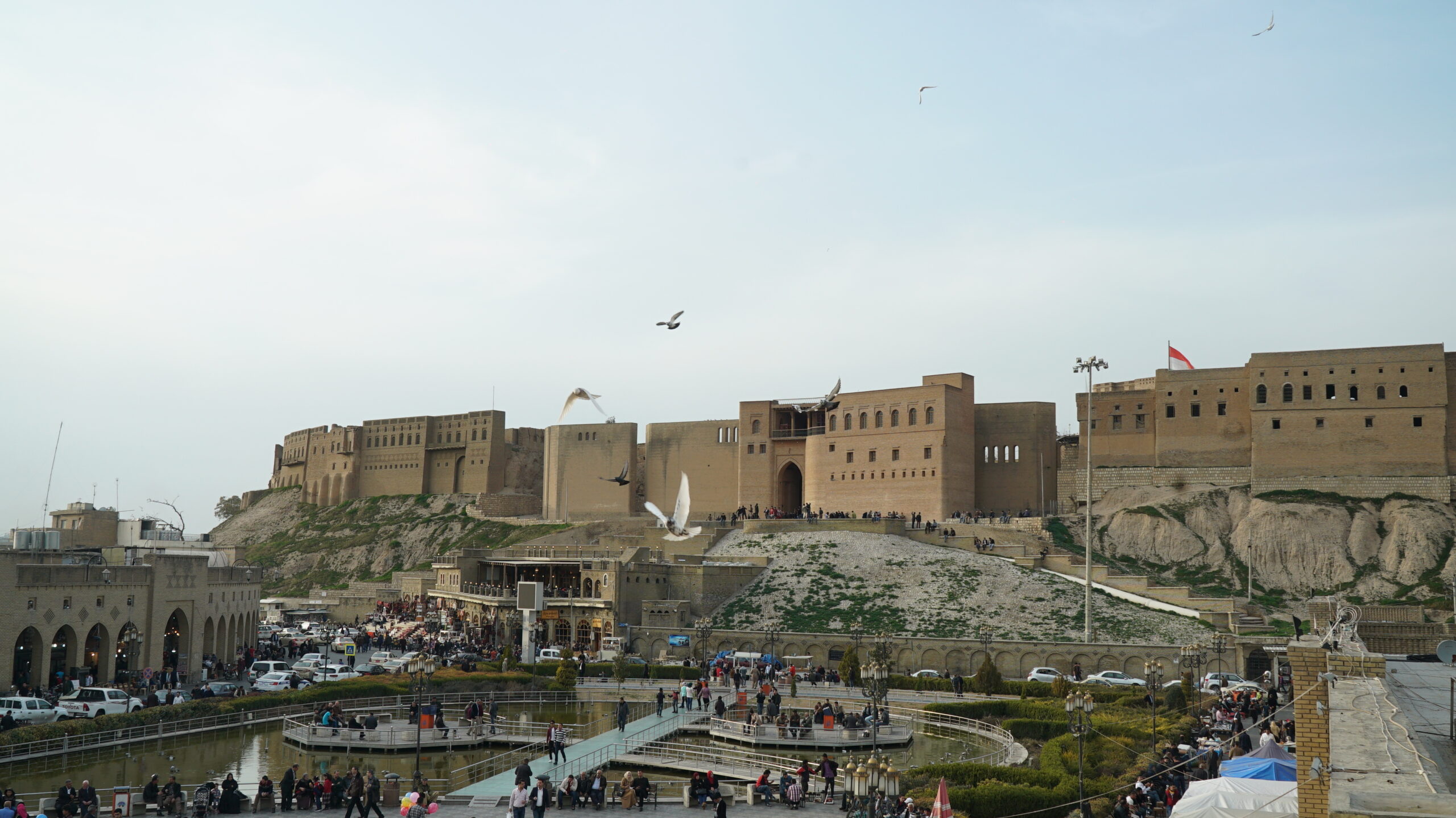Learn with passion to live with purpose.
I started teaching Kurdish as a second language in 2015. I got my PhD in 2019, and I found out there is almost no Kurdish Language Courses online. Despite the financial difficulties, I decided to make this beautiful website and teach Kurdish online. At the beginning, it was so difficult due to not having tech knowledge and difficulties in managing the website. But after a few years, everything seems to be much better. I welcome you to be here and feel free to use the materials for your personal learning. If you could purchase a course, you become a part of the project and help us to work harder and create more teaching materials.
Hewa S. Khalid, the founder
5732
Foreign Followers
223
Classes Complete
678
Students Enrolled
2
Certified Teachers
What Makes Kurdistan so Special?
There are a lot to be told. We just introduce a few facts below.
Mount Ararat is the Biblical Hebrew name (אררט ʾrrṭ) ognate with Urartu of a kingdom that existed in the Kurdistan Highlands in the 9th–6th centuries BC. The mountain is known as Ararat in European languages, however, none of the native peoples have traditionally referred to the mountain by that name. According to the Book of Genesis of the Old Testament, Noah's Ark landed on the "mountains of Ararat" (Genesis 8:4). It is located next to Agri city on the boarder with Armenia in Turkish Kurdistan.
Watch Mount Ararat Taq-e Bostan (Kurdish: Taq-Wesan) a site with a series of large rock reliefs from the era of the Sassanid Empire, carved around the 4th century CE. It is located in Kermanshah, the biggest Kurdish city in Iranian Kurdistan. You will see four reliefs which narrate the coronation of Khosrow II, Ardashir II, Shapur II, Ardashir III, and some inscriptions in Pahlavi scripts.
Watch Taq-Wesan The earliest evidence for occupation of the citadel mound dates to the 5th millennium BC, and possibly earlier. It appears for the first time in historical sources in the Ebla tablets in modern Syria around 2000 BC, and gained particular importance during the Neo-Assyrian period. During the Sassanian period and the Abbasid Caliphate, Erbil was an important centre for Christianity. After the Mongols captured the citadel in 1258, the importance of Erbil declined.
Watch Erbil Citadel 


